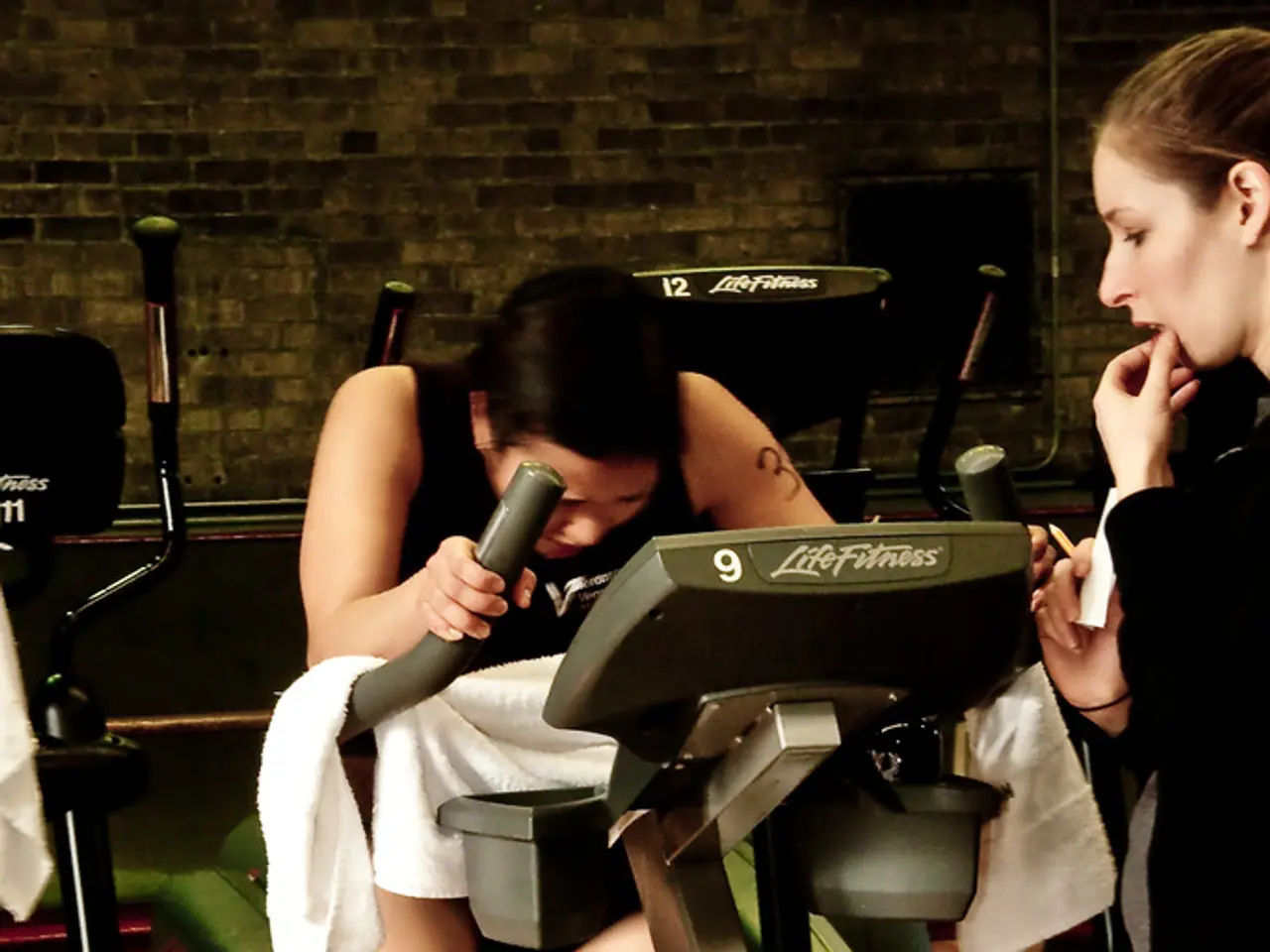Vaginal collapse: Understanding causes and available treatments
Pelvic organ prolapse (POP) is a common condition affecting women, particularly those who have gone through childbirth or are in their post-menopausal years. This condition occurs when the pelvic floor muscles and connective tissues weaken, causing one or more pelvic organs—such as the bladder, uterus, rectum, or small intestine—to descend from their normal positions into or through the vagina.
The causes of POP are multifaceted, with childbirth and vaginal delivery being the leading factor. Prolonged labor, large babies, the use of forceps, and multiple deliveries can stretch and potentially damage pelvic floor muscles and ligaments. Aging and menopause also play a role, as reduced estrogen levels cause weakening of connective tissues and muscles supporting pelvic organs.
Genetic predisposition and connective tissue disorders, such as Ehlers-Danlos Syndrome, increase the risk of POP due to inherited weaknesses in collagen or connective tissue. Chronic physical strain from obesity, heavy lifting, chronic coughing, or any factor increasing intra-abdominal pressure can also strain pelvic support structures. Chronic constipation and straining during bowel movements can weaken pelvic floor muscles over time. Prior pelvic surgeries, such as hysterectomy or radiation, can alter pelvic anatomy and weaken support.
There are several different types of POP, including cystocele (bladder prolapse), uterine prolapse (when the uterus descends into the vaginal canal), rectocele (rectum bulges into the back wall of the vagina), and enterocele (small intestine presses into the vaginal upper area). Each type can present differently but generally causes pelvic pressure, a sensation of bulging, urinary or bowel dysfunction, and sexual discomfort.
Treatment options for POP range from conservative management to surgical interventions. Conservative management includes pelvic floor physical therapy to strengthen pelvic muscles, the use of removable vaginal support devices known as pessaries, and lifestyle modifications such as weight loss, managing constipation, and avoiding heavy lifting and chronic coughing.
For moderate to severe prolapse or when conservative options fail, surgery may be indicated. Procedures vary based on the type and extent of prolapse and may involve reconstructing or reinforcing the pelvic floor supporting structures or removing the prolapsed organ. Types of surgical options include vaginal, abdominal, or minimally invasive approaches tailored to the individual's condition.
Early diagnosis and treatment can relieve symptoms and prevent progression. Women experiencing symptoms like vaginal bulging, pelvic heaviness, urinary or bowel difficulties, or discomfort during intercourse should consult a healthcare provider promptly.
In summary, POP is a complex condition with various causes, types, and symptoms. By understanding these factors and seeking timely medical advice, affected women can take steps towards improving their pelvic health and quality of life.
- Aging and menopause, with reduced estrogen levels, weaken connective tissues and muscles supporting pelvic organs, making women more susceptible to pelvic organ prolapse (POP).
- Prolonged labor, large babies, the use of forceps, and multiple deliveries can stretch and potentially damage pelvic floor muscles and ligaments, increasing the risk of POP.
- Connective tissue disorders, like Ehlers-Danlos Syndrome, may also increase the risk of POP due to inherited weaknesses in collagen or connective tissue.
- Chronic physical strain from obesity, heavy lifting, chronic coughing, or any factor increasing intra-abdominal pressure can strain pelvic support structures, potentially leading to POP.
- Chronic constipation and straining during bowel movements can weaken pelvic floor muscles over time, potentially causing POP.
- There are various types of POP, including cystocele, uterine prolapse, rectocele, and enterocele, each presenting with different symptoms such as pelvic pressure, a sensation of bulging, urinary or bowel dysfunction, and sexual discomfort.
- Treatment options for POP range from conservative management like pelvic floor physical therapy, the use of pessaries, and lifestyle modifications to surgical interventions depending on the extent and type of prolapse.
- CBD, as a potential remedy for managing menopause symptoms, may indirectly help improve vaginal health and alleviate symptoms of POP in some cases, contributing to overall health and wellness, fitness, and exercise.




